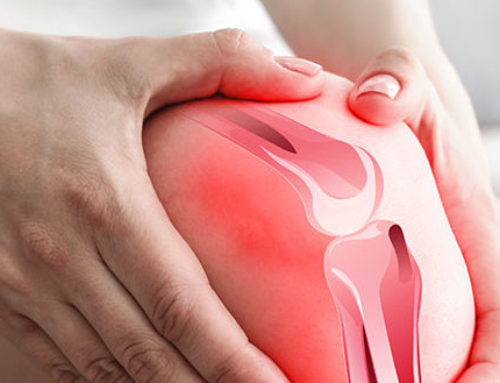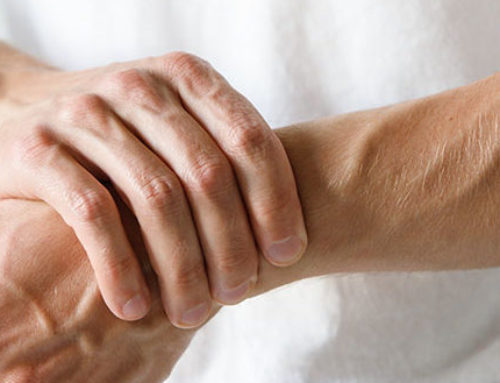
Many health conditions can lead to joint pain, including osteoarthritis, rheumatoid arthritis, sprains and other injuries. Joint pain is not an uncommon ailment. In fact, in one survey, roughly one-third of adults reported having joint pain within the last 30 days. Knee pain was the most common complaint, followed by shoulder and hip pain, but joint pain can affect any part of your body. Unfortunately, as we age, painful joints become more common.
Joint pain can range from mild discomfort to debilitating pain. Acute joint pain will often go away after a few weeks. However, chronic joint pain can last months or even years. Either way, pain and swelling in the joints can negatively affect your quality of life. Joint pain is often managed with medication, physical therapy, or alternative treatments. But one of the best things you can do for joint pain is to get moving.
Depending on your current health and mobility, exercise may help decrease inflammation, increase mobility, and decrease overall pain levels. A combination of cardio, relaxation, stretching, and strength exercises may ease your pain over time.
- Walking – Walking 30 minutes 3-5 times per week can help increase strength, endurance, and heart health, which can all lead to reduced joint pain. If walking is a challenge, start slowly and work your way up to longer walks as you get stronger.
- Yoga – To ease chronic pain, researchers have found that proper breathing techniques practiced in yoga might be just as helpful as the stretching and strength components. Plus, studies show that meditation practices, which can help you acknowledge and accept your chronic pain, can be practiced alongside yoga to ease pain.
- Swimming and water aerobics – If you suffer from mobility issues or are looking for something more low-impact, water fitness is an excellent alternative. This low-impact cardiovascular exercise can help keep you moving without putting added stress on your joints and muscles. Swimming can also be therapeutic helping to clear your mind.
- Pilates – Pilates can do more than just strengthen the mind and body. In one recent study, researchers found improved core strength and stability, posture and balance, and fewer pain symptoms in people with lower back pain who took Pilates classes three times a week for 14 weeks. In another study, the same researchers found that engaging in Pilates reduced back pain more than other interventions using minimal physical exercise. There are many online Pilates classes available.
- Strength Training – Strength and resistance training can help control chronic pain by strengthening the muscles around the joints, which takes some of the stress off the joint when in use. Strength training doesn’t have to involve lifting heavy weights – light weights can be just as beneficial. Be sure to seek the advice of a physical therapist or personal trainer experienced in chronic pain before starting any strength training regimen.




